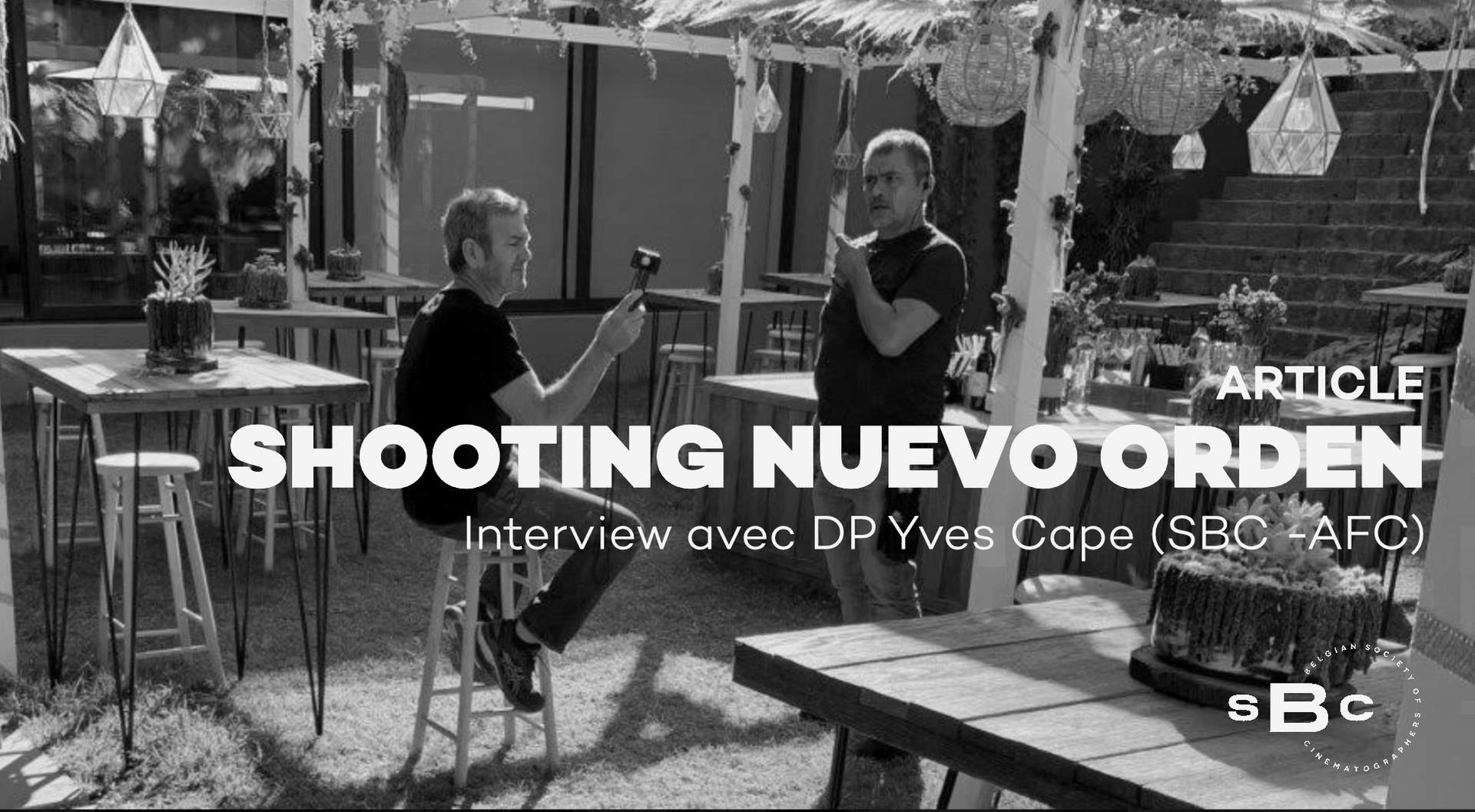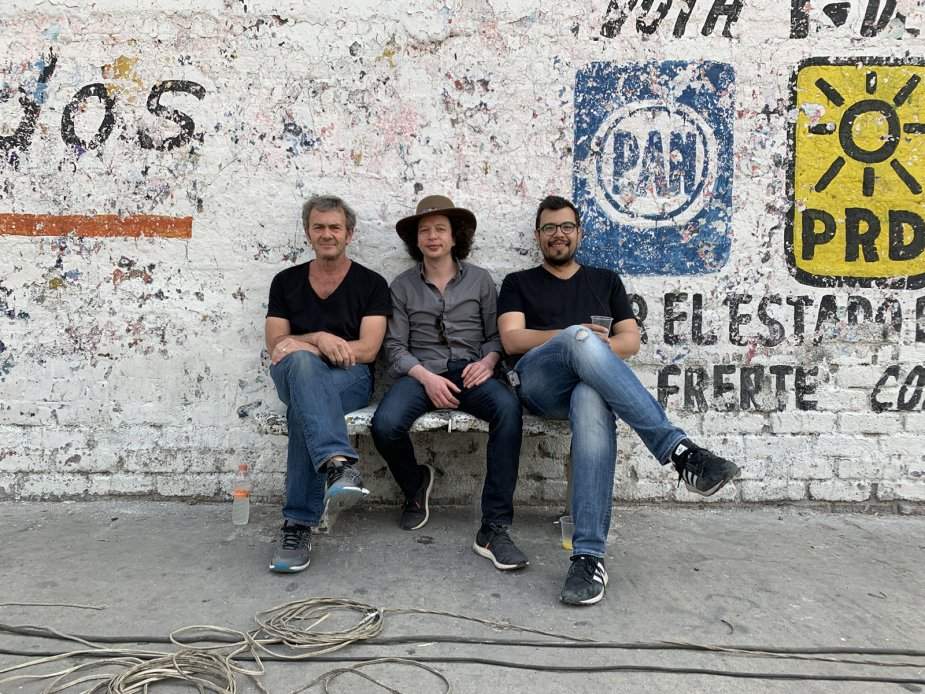
The Mexican filmmaker Michel Franco (Después de Lucia, Les Filles d’Avril, Chronic …) portrays in his new film a popular revolt in the heart of the Mexican capital and its repercussions on society. Preferring a progressive narration from a single starting point (a big wedding party in high society), we observe the different layers of society coexist before suddenly everything explodes. For cinematographer Yves Cape, AFC, SBC this film marks his fourth time alongside this director who has won several awards at Cannes. Nuevo Orden is a film shot entirely in Mexico City in six weeks in the spring of 2019, and winner of the silver lion at the 2020 Venice Film Festival (FR)
How do you prepare a film like this?
Yves: "Each film I’ve done with Michel Franco has had a fairly long prep period. Since he’s also the screenwriter, I usually get the first draft a year before filming, followed by a new one about every two months. Drafts that evolve as the preparation and our discussions progress. Michel is a real cinephile, that allows him to feed us a lot of film references, not only for the visuals but also for the general atmosphere or the style of storytelling. He’s also above all someone who likes collaboration, like all the great directors with whom I have been able to shoot. He feeds on the suggestions of his close collaborators and does not hesitate sometimes to integrate those ideas into the writing or filming process … By being the producer as well, he’s free to budget for whatever the film needs. In the case of Nuevo Orden, for example, it was shot in almost chronological order, with the exception of some sets, such as the hospital, for which there was no other option than to shoot everything at once. By ensuring the availability of all of the actors during the length of the shoot, he crafts the film as we go along, editing the film while shooting."
So this means that the editor is on set with you?
Yves: "Yes, the editor is physically close to the set. As soon as we’ve finished a scene, the cards are offloaded and logged to be uploaded into the editing suite. A DIT color corrects the images and Michel examines what works and what doesn’t. I know that he even organizes during the shoot, after about two weeks, the first test screenings of the film in progress to some friends to find out how they react to it. It is of course a radically different approach to filmmaking compared to other directors who refuse to even review the rushes, and who entrust this work entirely to the editor … On this shoot, as on the previous ones, we are all moving forward step by step, not without having prepared beforehand, but by testing certain solutions, even if it means starting over again if the result is not satisfactory."
(....)

